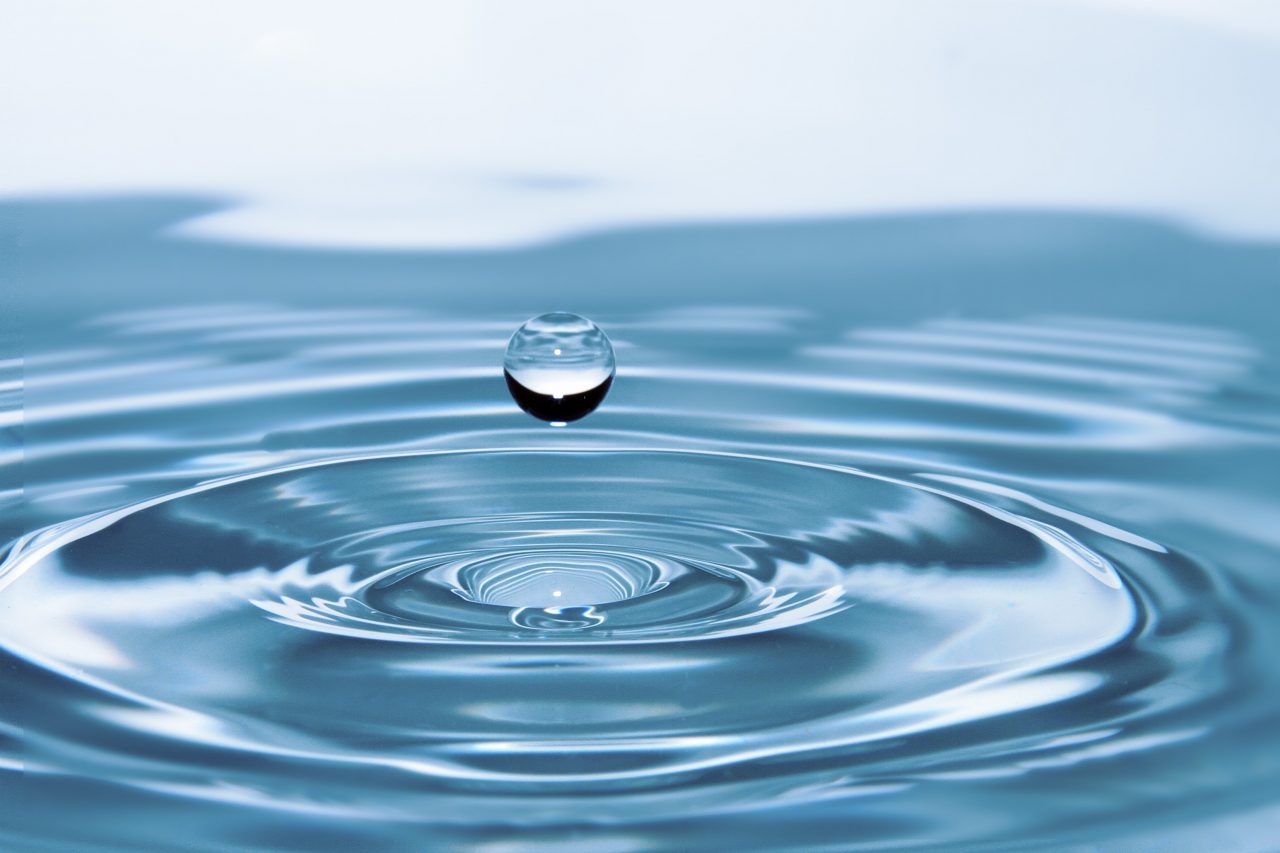Shower, Toilet, Fresh & Waste Water 101
This section is for the ones who are not experienced RV campers but need information and are considering to explore this kind of travel. You might ask yourself how water supply management works on the road.
My RV has a 120 liter water tank for fresh water. Also under the car is a 120 liter waste water tank. The fresh water tank can easily be filled with a hose at the campsite. Even at many gas stations you can refuel fresh water. I personally use this product and have made best experiences with it for a good price of [amazon_link asins=’B004I63GRQ|B0042JNQVU’ template=’PriceLink’ store=’diggingdog-21|diggingdog03-20′ marketplace=’DE|US’ link_id=’e8c70bcc-0e63-11e8-bff2-256d8631b076′].
120 liters last about a week for a single person if I actively save water consumption. The water is mostly needed for toilet flushing, cooking, washing and showering. As the water pressure is much weaker than at home, I also consume less overall.
To conservate the water and make sure that you can always rely on drinking water quality, I do rely on a silver sponge that prevents bacteria and germ spreading and can be purchased for about [amazon_link asins=’B0071JXKZ0|B001949TKS’ template=’PriceLink’ store=’diggingdog-21|diggingdog03-20′ marketplace=’DE|US’ link_id=’606f5e9b-0e64-11e8-9325-2f3ecfffc833′].
The wastewater tank is usually full after two weeks. However, I empty it at every given chance, because otherwise I only drag weight around which leads to more fuel consumption. To empty the waste water tank, a valve has to be opened under the RV and the waste water flows directly into the emptying shaft at disposal stations at campsites.
The hot water boiler holds 12 liters, where the water can be heated to 60 degrees. So I don’t have to miss a hot shower. If you want to learn more about how the water gets heated up, check out my Gas Supply section.
[adinserter block=”1″]
[adinserter block=”2″]
[adinserter block=”3″]







